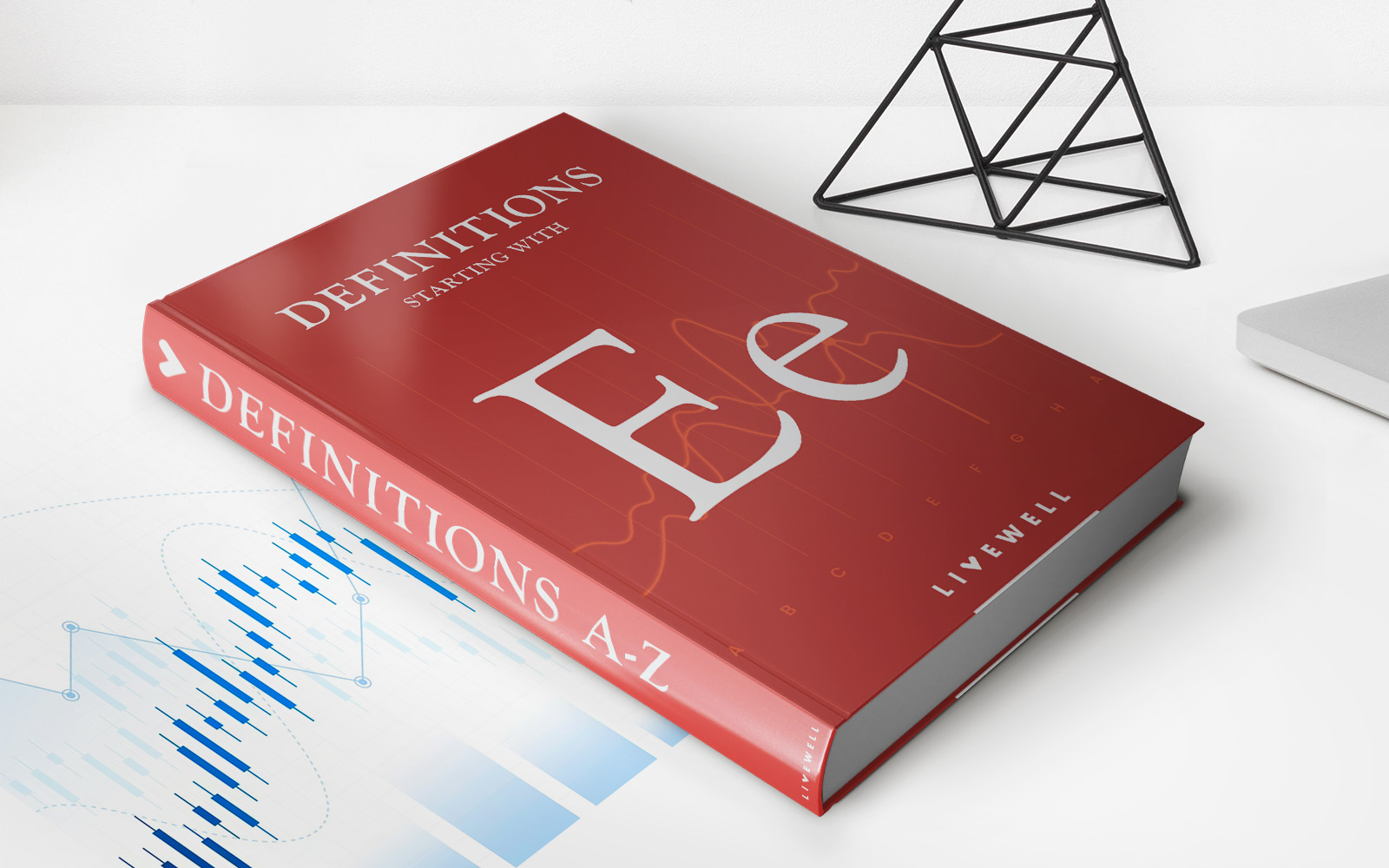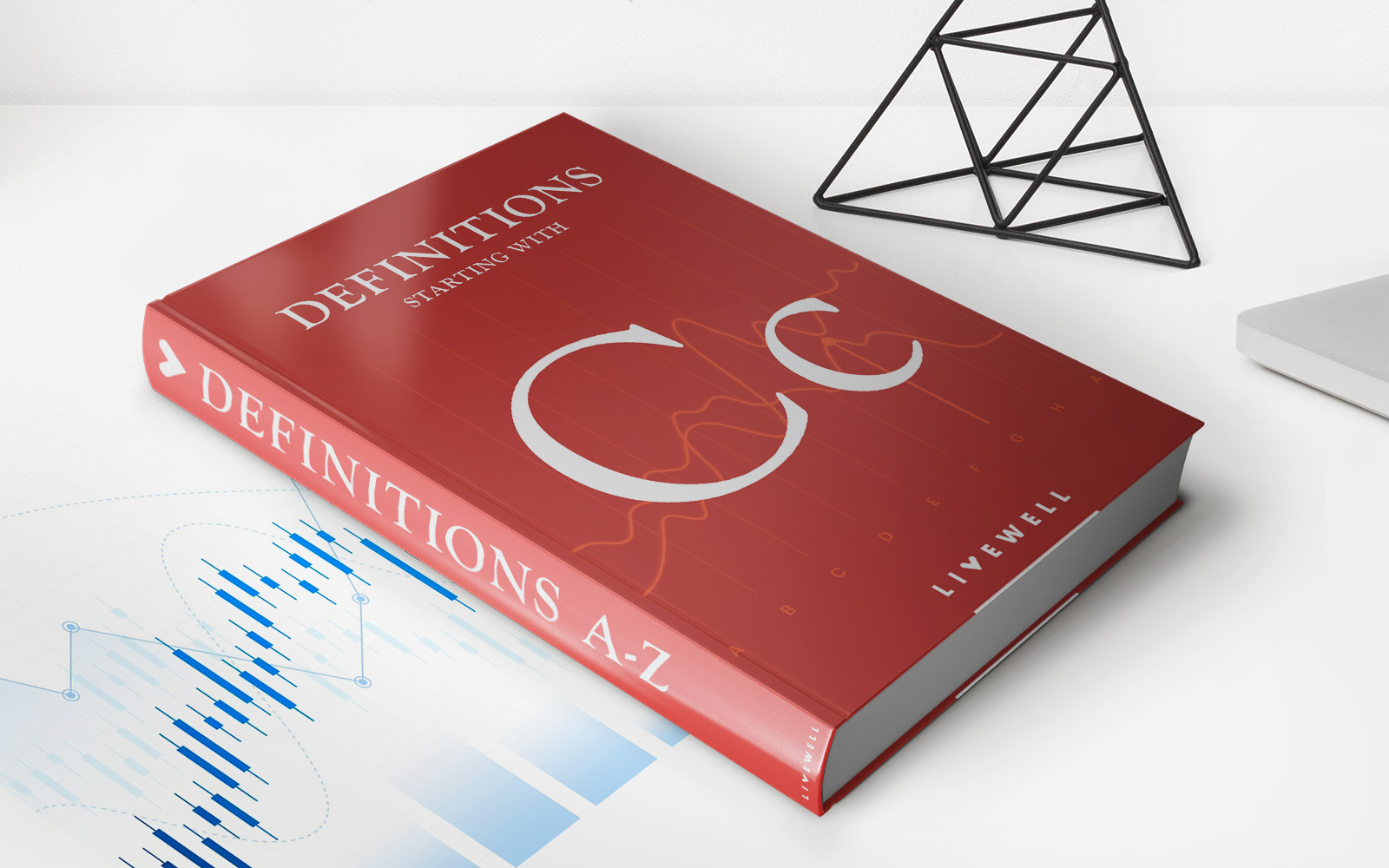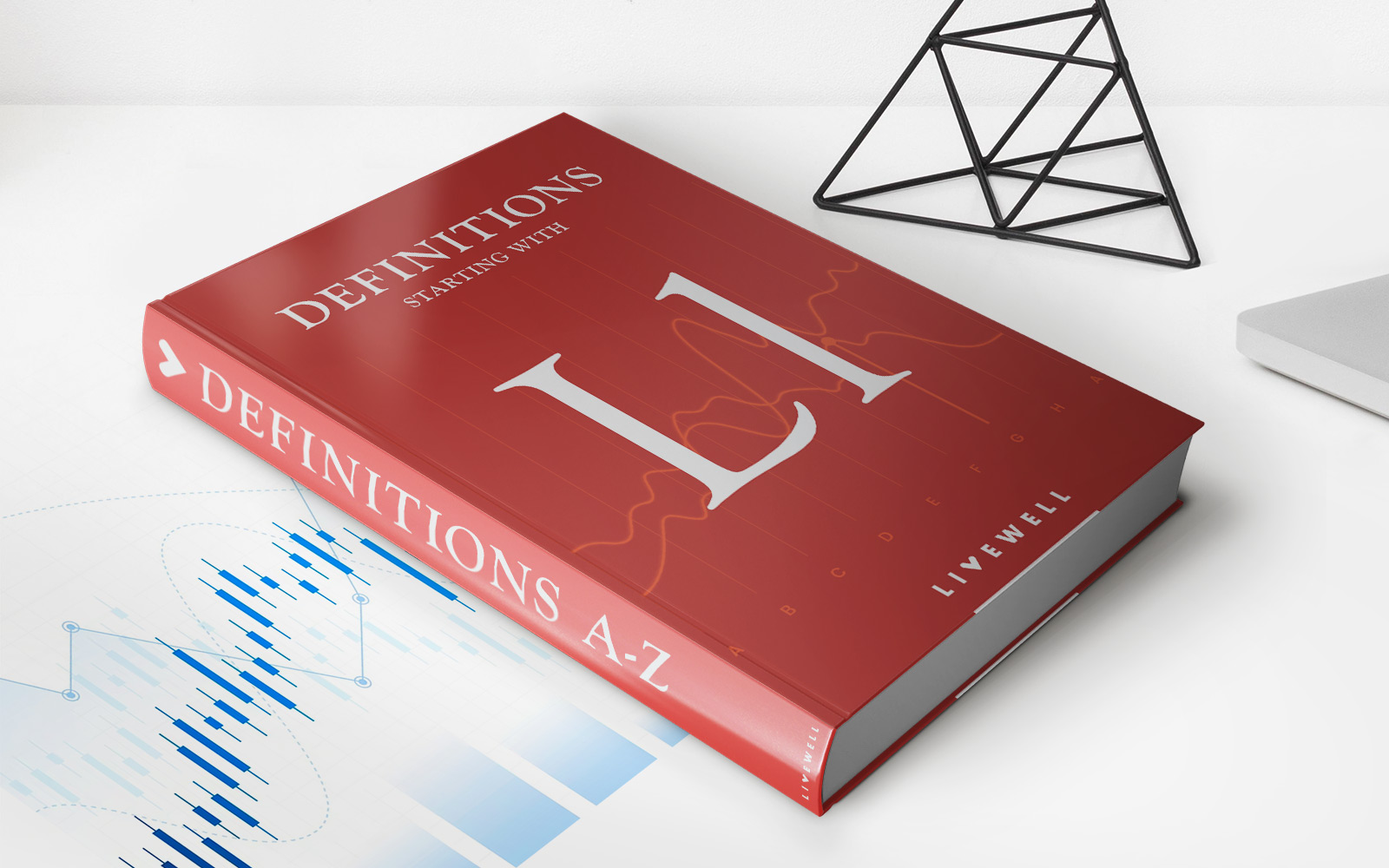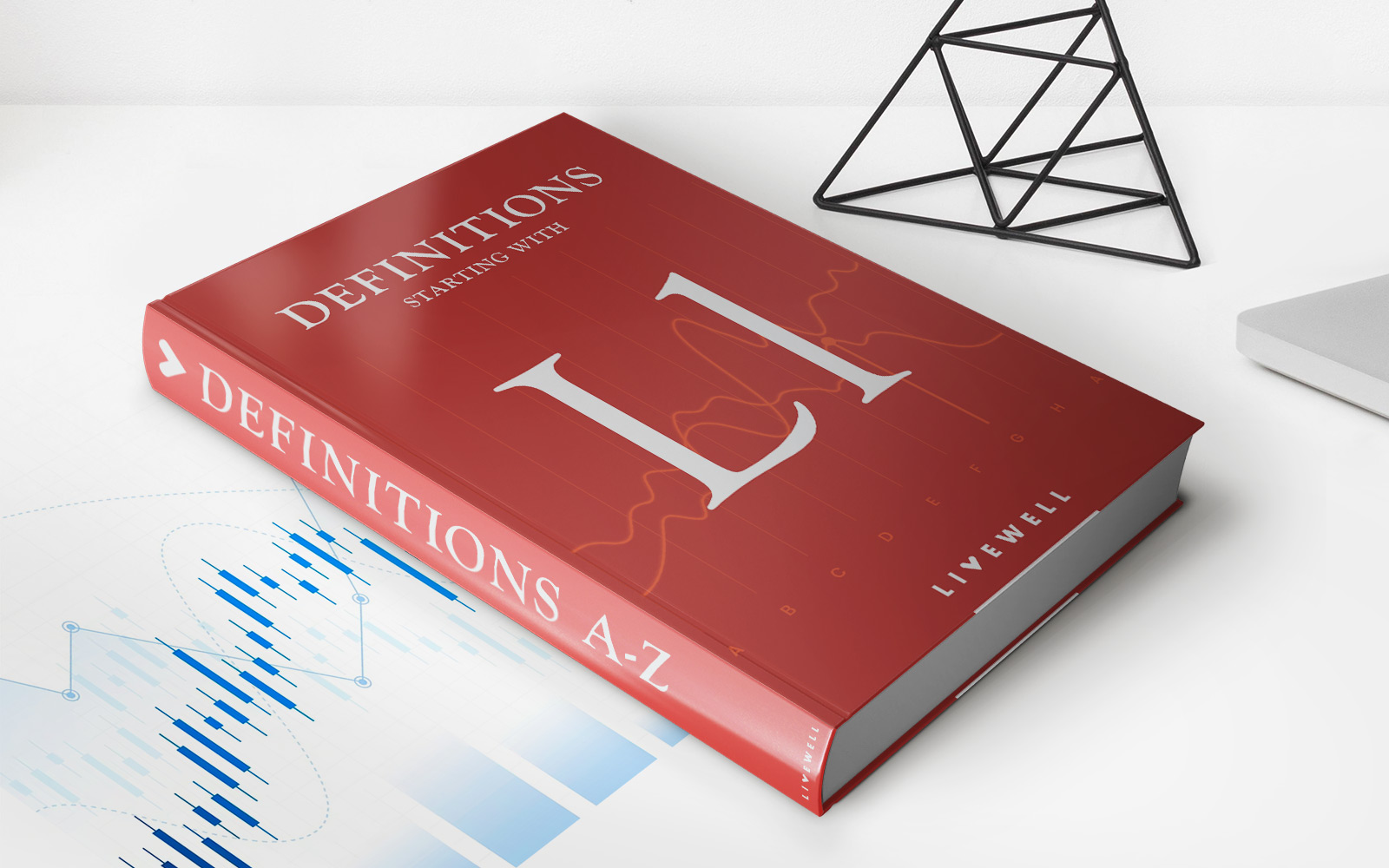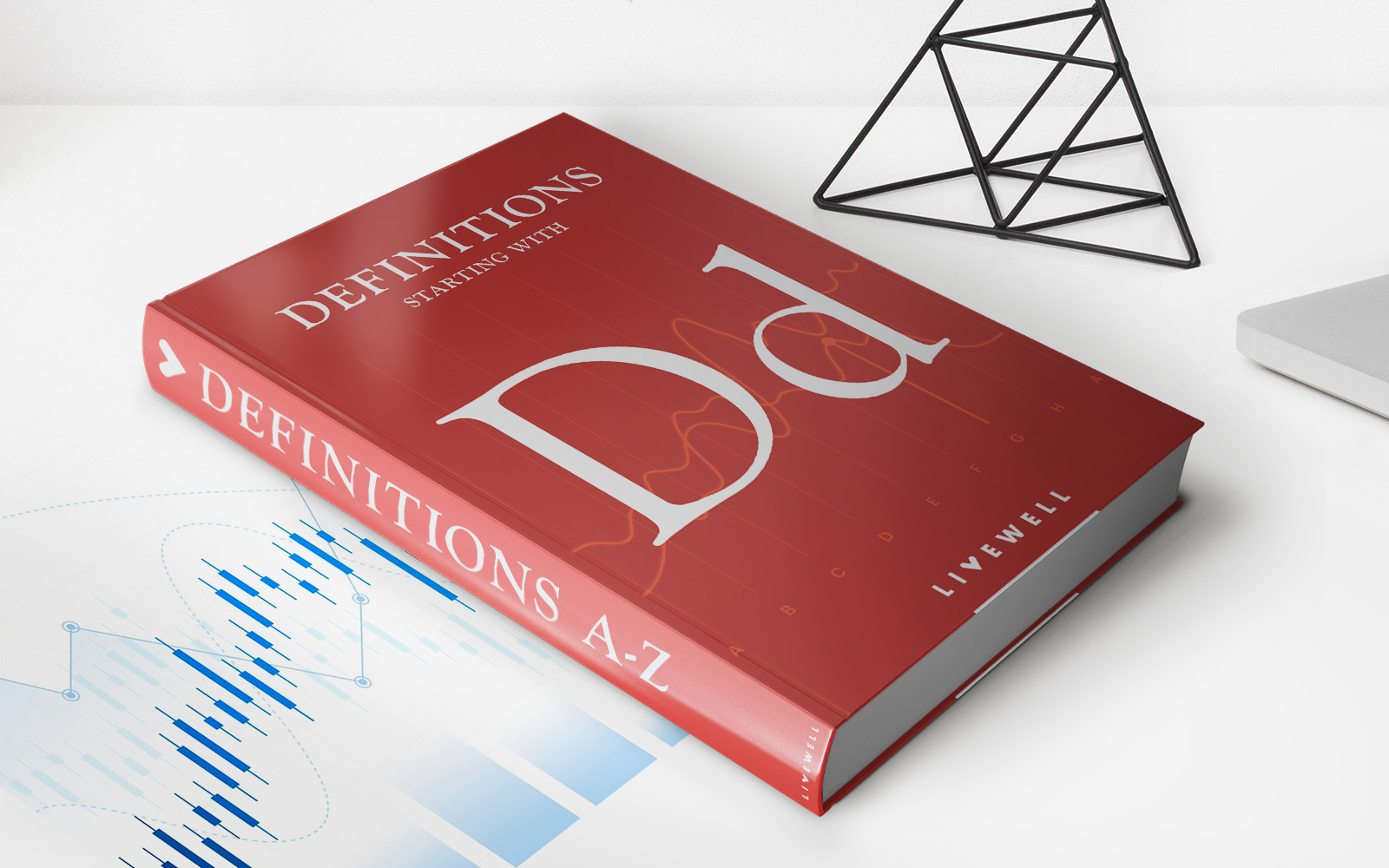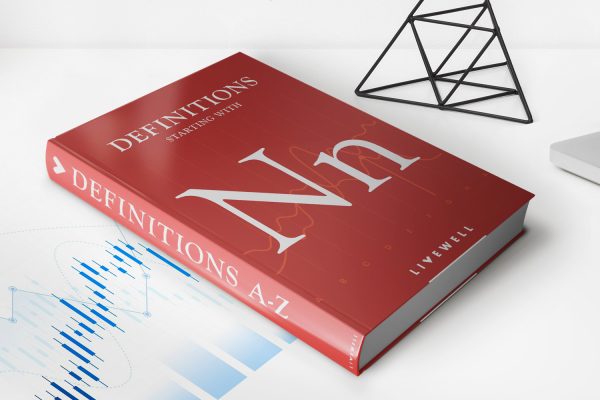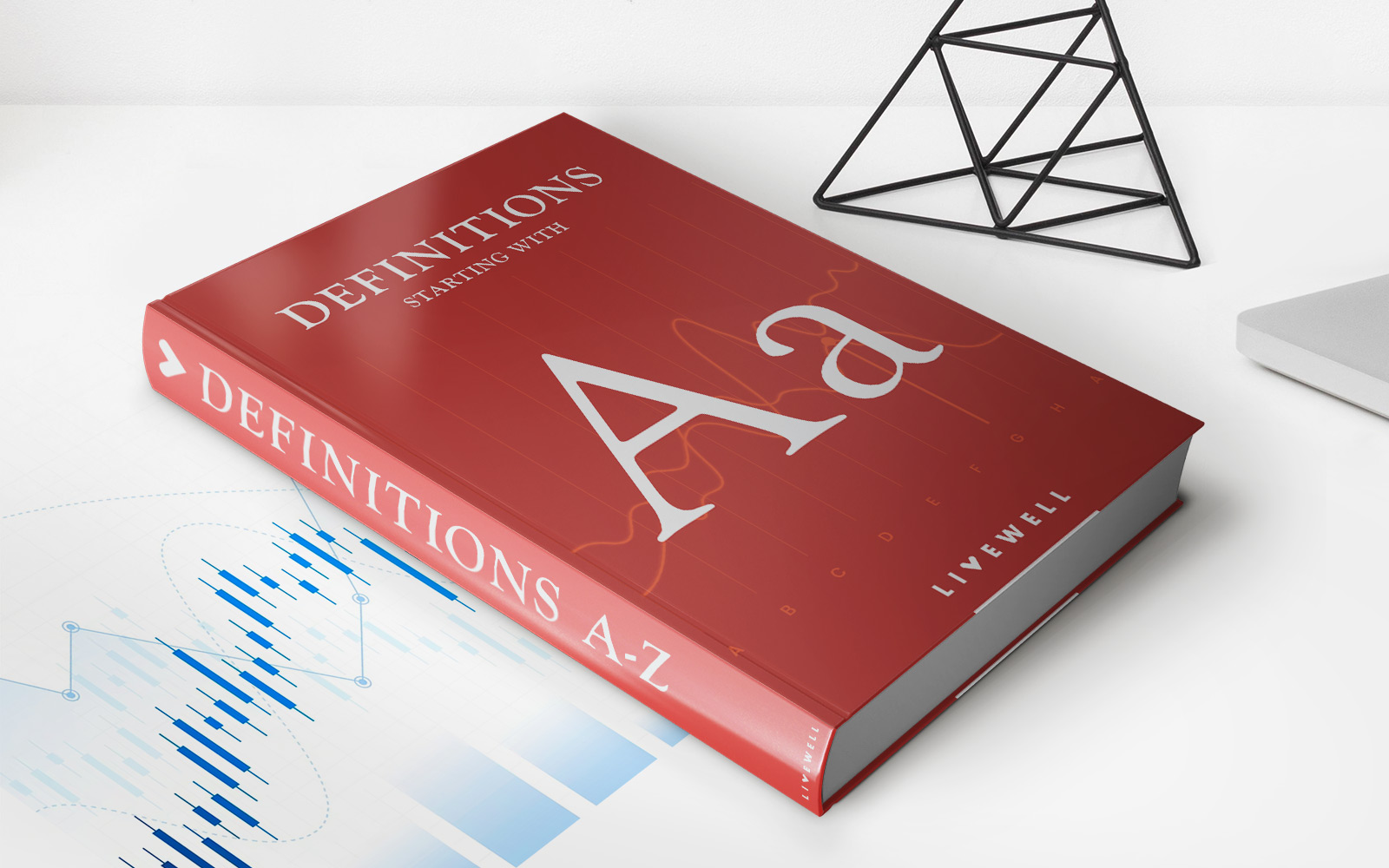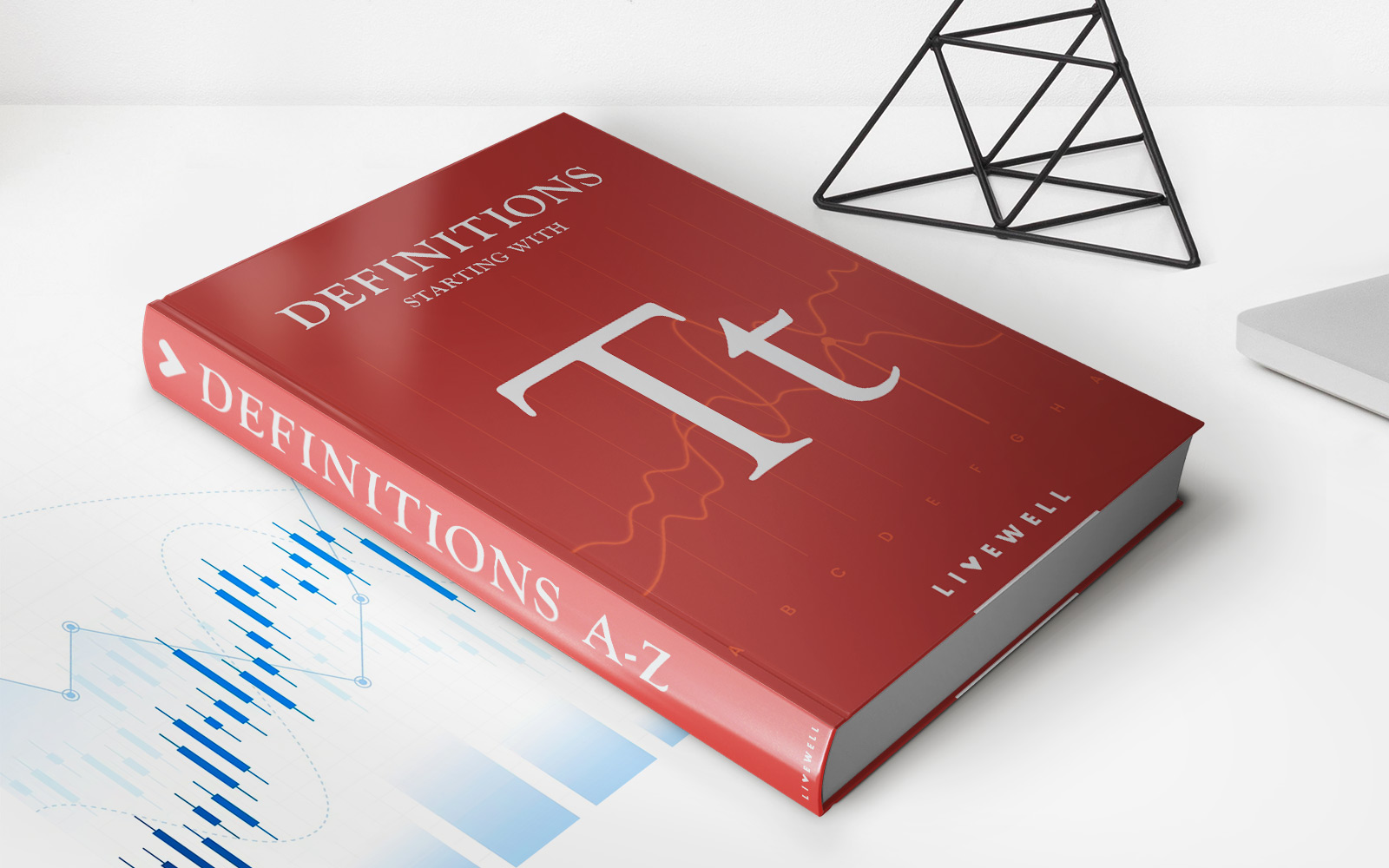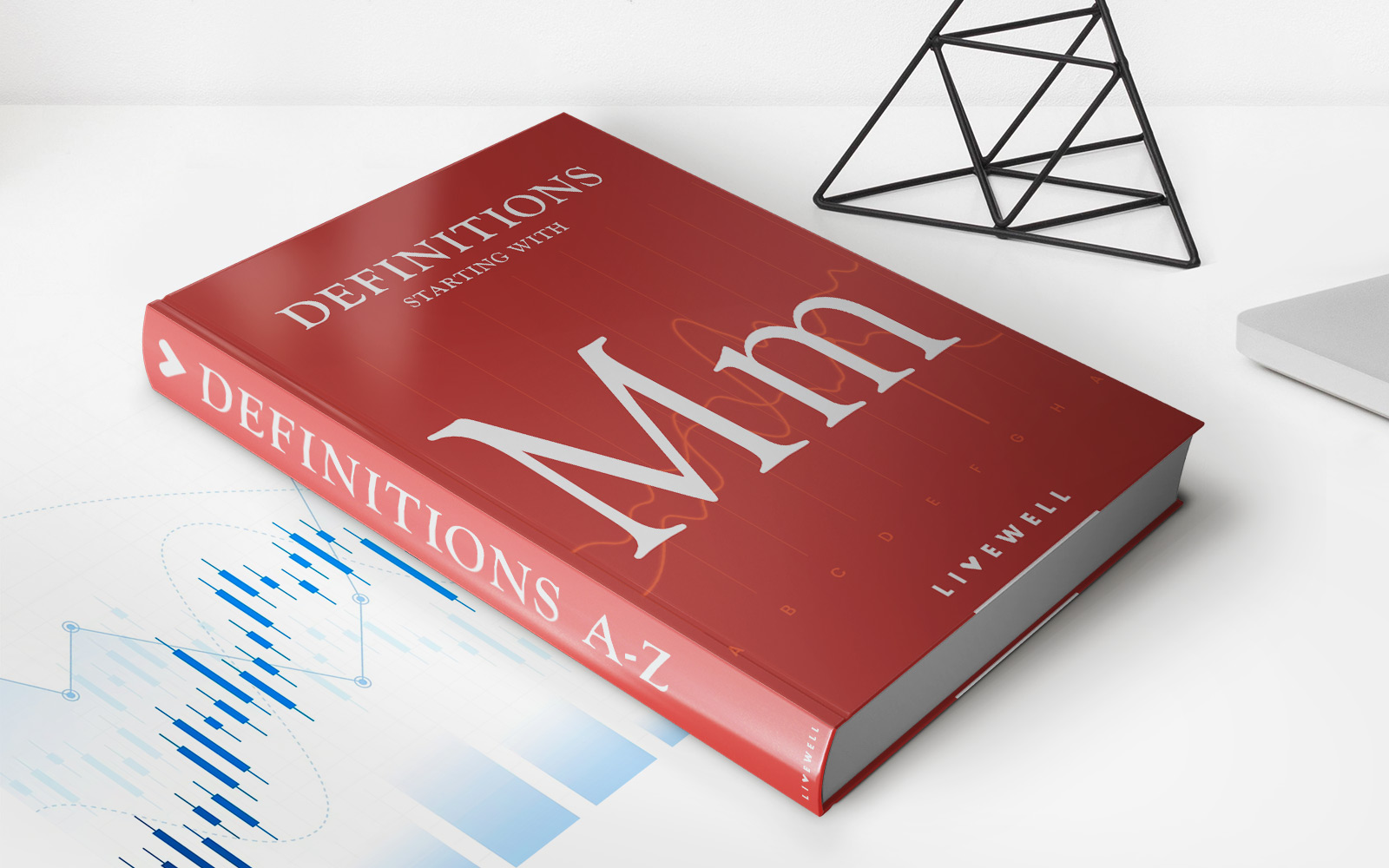Home>Finance>Fitch Ratings: Definition, Uses, And Rating Scale
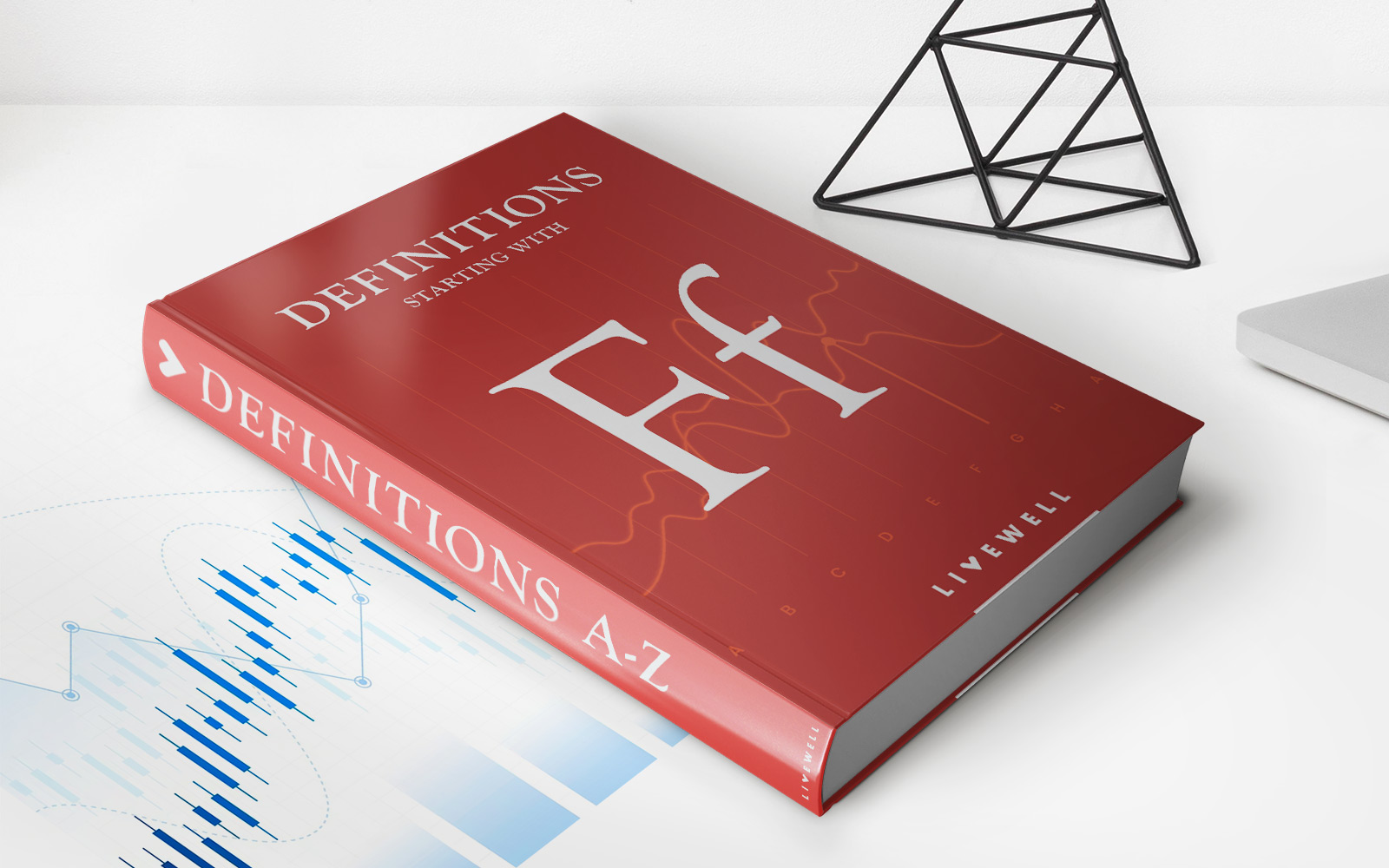

Finance
Fitch Ratings: Definition, Uses, And Rating Scale
Published: November 25, 2023
Learn about Fitch Ratings in the world of finance, including its definition, uses, and rating scale. Discover how this rating agency evaluates financial institutions.
(Many of the links in this article redirect to a specific reviewed product. Your purchase of these products through affiliate links helps to generate commission for LiveWell, at no extra cost. Learn more)
Welcome to the World of Fitch Ratings: Understanding the Basics
When it comes to evaluating the creditworthiness of companies, governments, or financial instruments, Fitch Ratings is a name that stands out. But what exactly is Fitch Ratings and how does it work? In this article, we will provide a comprehensive overview of Fitch Ratings, its uses, and the rating scale it employs.
Key Takeaways
- Fitch Ratings is a credit rating agency that assesses the creditworthiness and risk profile of companies, governments, and financial instruments.
- Its ratings provide valuable information to investors, lenders, governments, and other market participants to make informed decisions.
What is Fitch Ratings?
Fitch Ratings is one of the leading global credit rating agencies, providing independent and objective credit opinions. It assesses the creditworthiness and risk profile of a wide range of entities, including corporations, governments, and financial institutions. Fitch Ratings assigns credit ratings that reflect the agency’s opinion on the ability of the rated entity to meet its financial obligations.
Founded in 1913, Fitch Ratings has grown into a renowned and trusted source of credit information. Its ratings are widely used by investors, lenders, governments, and corporations to evaluate credit risk and make informed investment and lending decisions.
How Does Fitch Ratings Work?
Fitch Ratings follows a structured process to evaluate and assign credit ratings. The agency conducts in-depth research and analysis of the entity’s financials, industry position, management capabilities, and other relevant factors. Based on this analysis, Fitch Ratings assigns a rating that reflects the entity’s creditworthiness and risk profile.
The rating provided by Fitch Ratings acts as an opinion on the likelihood of an entity defaulting on its debt obligations. Higher ratings indicate a lower probability of default, while lower ratings suggest a higher risk of default.
Uses of Fitch Ratings
Fitch Ratings serves as a crucial source of information for various market participants. Its ratings are utilized in numerous ways, including:
- Investment Decisions: Investors rely on Fitch Ratings to assess the creditworthiness of securities, such as bonds or other debt instruments, before making investment decisions. Higher ratings generally indicate lower investment risk.
- Corporate Finance: Companies seeking to raise capital through debt issuances utilize Fitch Ratings to determine their creditworthiness in the eyes of potential lenders or investors. A favorable rating can help a company secure more favorable financing terms.
- Banking and Financial Sector: Banks and financial institutions rely on Fitch Ratings to evaluate the creditworthiness and risk profile of their customers. It helps them make informed lending decisions and manage their overall risk exposure.
- Government Borrowing: Governments seeking to issue bonds or raise financing often obtain credit ratings from agencies like Fitch Ratings. These ratings provide insight into their ability to meet debt obligations and can impact borrowing costs.
Fitch Ratings Rating Scale
Fitch Ratings employs a rating scale to categorize credit risk and assign credit ratings to entities. The scale consists of a combination of letters and symbols, providing a concise representation of credit quality and risk. Here are the key rating categories used by Fitch Ratings:
- AAA to BBB: These ratings represent investment-grade securities and indicate a low default risk.
- BBB to D: These ratings represent non-investment-grade or speculative-grade securities with a higher default risk.
- NR: This symbol is used when a credit rating is not assigned or when the issuer does not participate in the rating process.
It’s important to note that Fitch Ratings’ rating scale may vary slightly from those used by other credit rating agencies.
Conclusion
Fitch Ratings plays an essential role in providing credit information and assessments to a wide range of market participants. Its ratings help investors, lenders, governments, and corporations make informed decisions by evaluating creditworthiness and risk profiles. Understanding Fitch Ratings’ rating scale and its uses can significantly assist in navigating the complex world of finance.


